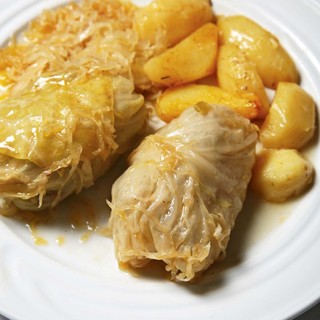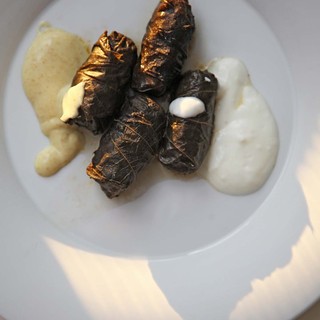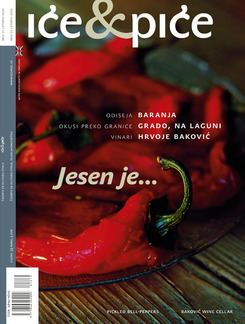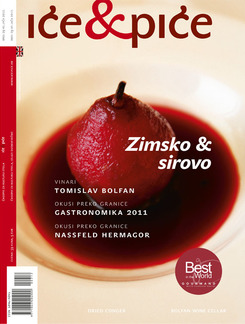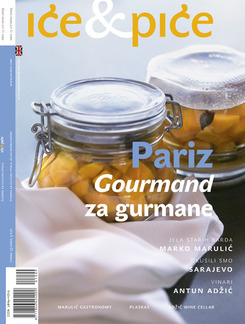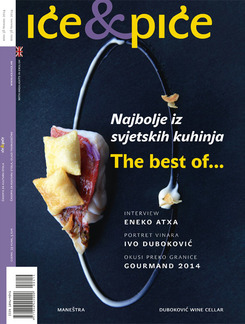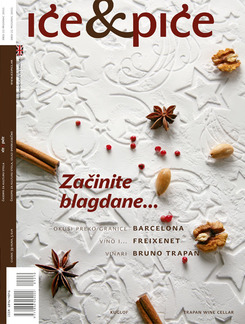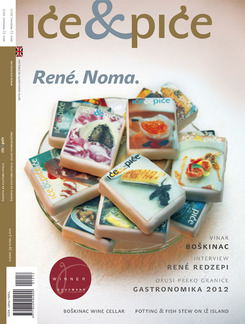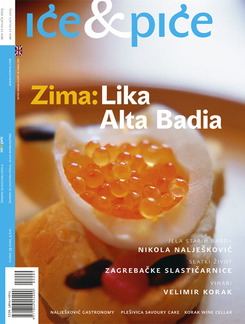For centuries now the areas of Croatia have built their memories and identity around the border. The former bulwark of Christianity for a long time cold-shouldered the one-time voracious East that had wished to subdue it. The heroic past, brigandage and orientation towards Central Europe and not to the more relaxed Mediterranean all explain the contempt for Turkish culture (notwithstanding the current popularity of Turkish soaps) and the traces that it has left on our culture. In fact, there is not a single study dealing with the positive consequences of the Turkish conquests. However much we might have succeeded to the prejudices and the image of the cruel and dastardly Turk and the clash of worlds that we are fed by set texts from the Satires of Matija Relković to The Travnik Chronicle of Ivo Andrić, the origin of dishes on the table has ceased to be important. The covert content of Ottoman civilisation leads its life on the margins of Culture with a capital C: in the private space of the dining room and the kitchen, in the pots and the oral tradition that hands recipes down from generation to generation. I fully agree with Brillat Savarin that he who has invented a new dish has done more for the happiness of mankind than one who has found a new star. Irrespective of the blood-filled history, the gastronomy born in the conflict still has its allure. For however much we collectively cultivate the historical feeling of enmity to the invading culture of the Ottomans, at the same time we have grown up on sarma (cabbage rolls) and arambašićes, we live and socialise on coffees, we roast peppers for relishes, when we are down we get a pick-me-up from burek at three in the morning. Irrespective of the bad name and the historical resistance, the trace of the formerly inimical culture wafts its odours from our pot.
Border dish
Arambašićes, characteristic of the Cetina area, are undoubtedly a remainder of the unhappy and heroic days when this space was divided between the Serenissima and the Ottoman Empire. The connection of irreconcilable worlds that seethe in the same pot, the delicious leftover of a world that on the basis of an imposed culture created its own culinary expression, giving it as it did so the name of resistance – arambašići, from the historical name of harambaša, which indicated the leader of the haiduks, or brigands, that resisted the invaders in the area. This border dish is redolent of the spice of the east, the costly and valued clove, cinnamon and nutmeg; yet, mostly wrapped in a leaf of sour cabbage, tells of the history of European culture from the Middle Ages to the Baroque, when these dishes were the most important ingredients of food. European fascination with spices, which was at its peak at that time, according to the extant Baroque cookbooks, completely masking the natural tastes of the ingredients, is revealed in the stuffing of the arambašićes. The savoury thread that stretched between east and west was never interrupted. The ways of the spices remained open even during the darkest periods of the Dark Ages. The monasteries, the first hospitality network for weary travellers and pilgrims, tried out new recipes in their kitchens, and also learned from ancient sources. They are to be credited with spices like pepper, ginger and cloves never having disappeared from European cookery books. As well as their fondness for exotic spices, in the monastic chefs the cuisine of the ancient world found its own successors. The technique of rolling and braising the little rolls in their own juices was known in Roman cooking. Dishes of cabbage warmed and shortened the long winters of the Carolingian religious along the borders of France and Germany. From there, the technique of and love for sauerkraut spread through France, then Bavaria and Austria, all the way to the shores of the Adriatic. Various variations of meat rolls, diverse fillings and envelopes spread through Europe at the same time as Moorish cooking and the Byzantine influences that we can read off from the kitchens of the Anatolian east. Turkish dolmeh, and Greek dolmathakis, from vine leaves, Arabian versions rolled in fresh cabbage leaves became only in the clash of worlds a dish that is an irresistible part of Croatian as well as of neighbouring cooking practices. Known as sarma, rolls of soured cabbage conquered the western Ottoman empire, appearing at first in Slavonia and Hungary, then spreading to the kitchens of central and eastern Europe. Although as a rule sarma is sweeter the further east, and arambašićes the sourer the closer to the Adriatic coast, somewhere in the Dalmatian mountain ranges the version wrapped in vine leaves was retained. The best known, the Sinj version of this dish, contained within it even several years later the traces of the formerly irreconcilable worlds. The inspiration and savours of the East wrapped in the sour wrapper of the West. The solemn Alka feast (after the traditional chivalric game of riding at the ring) seemingly overturns the seasonal rhythm of the diet. Sour cabbage everywhere invokes winter dishes, but offered in the middle of summer at the grand dinner given to celebrate the end of the Alka merely confirms the idea that the jousters needed stronger and more invigorating food. As well as in the Sinj version with sour cabbage, arambašićes or arambaši, as they are sometimes called, also exist in versions using sweet cabbage and vine leaf as wrappers. These last, the summer and autumn arambašićes, are directly connected with the Herzegovina japrak and the Greek dolmathaki from which comes the fragrance of dill, mint and lemon, as well as similar Romanian, Arabian, Israeli and Palestinian dishes. The fusion of Mediterranean and eastern European gastronomic cultures once again confirms that the history of cooking is always a story of appropriation and assimilation, never of conquest and imposition. Our story of arambašićes, sarmas and kapurals tells of the incredible irony of history. In this space the resistance to the Ottoman invasion, part of the tradition of the enemy’s cooking made itself so at home that it became one of the symbols of identity, an intangible cultural property well protected with the bureaucratic measures, although it is in fact not at all endangered and lives its own life on the holiday and celebratory tables to the delight of gourmets not fazed by history.
